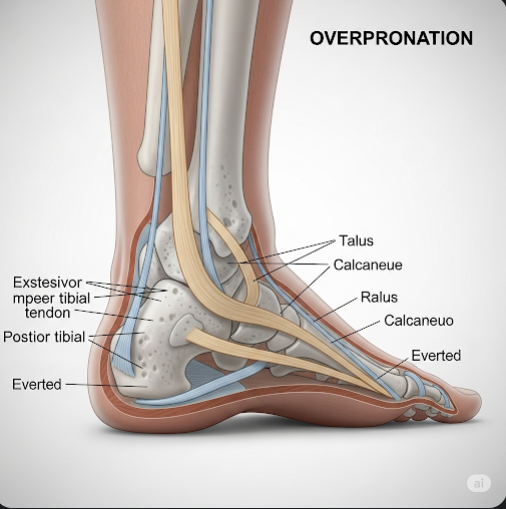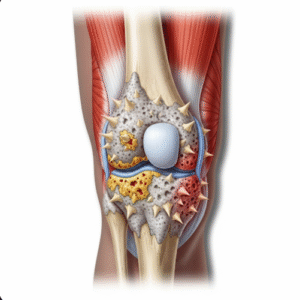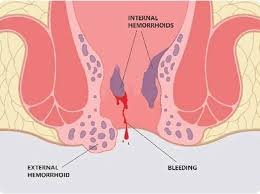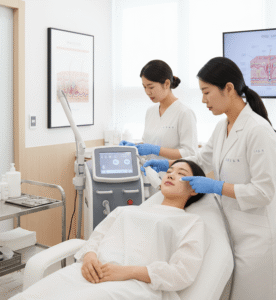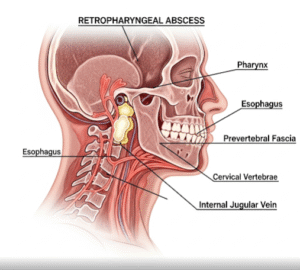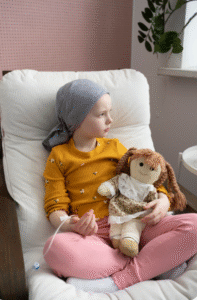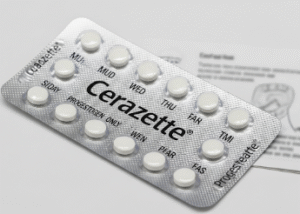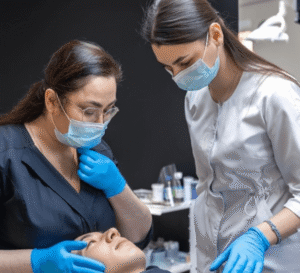Overview
Overpronation is a common foot condition where the foot rolls inward excessively during walking or running. While some pronation is normal for shock absorption, overpronation can lead to imbalance, pain, and increased risk of injuries in the feet, ankles, knees, and hips. In Korea, podiatrists and orthopedic specialists provide expert diagnosis and treatment options to manage overpronation and its effects.
What is Overpronation?
Overpronation occurs when the foot excessively rolls inward after heel strike, causing the arch to flatten more than usual. This abnormal movement affects gait mechanics and weight distribution, potentially leading to strain on muscles, tendons, and joints throughout the lower body.
Symptoms
Symptoms of overpronation may include:
- Pain or discomfort in the feet, especially the arch or heel
- Ankle instability or frequent sprains
- Knee, hip, or lower back pain due to altered biomechanics
- Visible flattening of the foot arch when standing
- Uneven wear on shoes, especially on the inner soles
Causes
Causes of overpronation include:
- Flat feet or low arches
- Muscle imbalances or weakness in the foot and leg
- Improper footwear lacking support
- Injury or trauma to the foot or ankle
- Structural abnormalities or ligament laxity
Risk Factors
Risk factors that contribute to overpronation include:
- Genetic predisposition to flat feet
- Excess body weight increasing foot stress
- Repetitive high-impact activities such as running
- Occupations requiring prolonged standing or walking
- Age-related loss of foot arch support
Complications
If untreated, overpronation can lead to:
- Plantar fasciitis (heel pain)
- Achilles tendonitis
- Shin splints
- Knee pain and patellofemoral syndrome
- Hip and lower back pain due to gait compensation
Prevention
Preventive measures for overpronation include:
- Wearing supportive, well-fitted footwear with arch support
- Using custom orthotics or insoles designed for foot structure
- Strengthening foot and leg muscles through targeted exercises
- Maintaining a healthy weight to reduce foot stress
- Avoiding excessive high-impact activities without proper support
Treatment Options in Korea
In Korea, treatment for overpronation involves:
- Orthotic devices: Custom-made shoe inserts to correct foot alignment and support the arch
- Physical therapy: Exercises to strengthen muscles and improve gait mechanics
- Proper footwear recommendations: Guidance on selecting supportive shoes for daily use and sports
- Medical interventions: In severe cases, surgical correction may be considered
- Comprehensive care: Podiatrists, orthopedic specialists, and physical therapists collaborate to provide personalized treatment plans
Korean clinics utilize advanced gait analysis technology and biomechanical assessments to diagnose overpronation accurately and tailor effective interventions for long-term relief.

